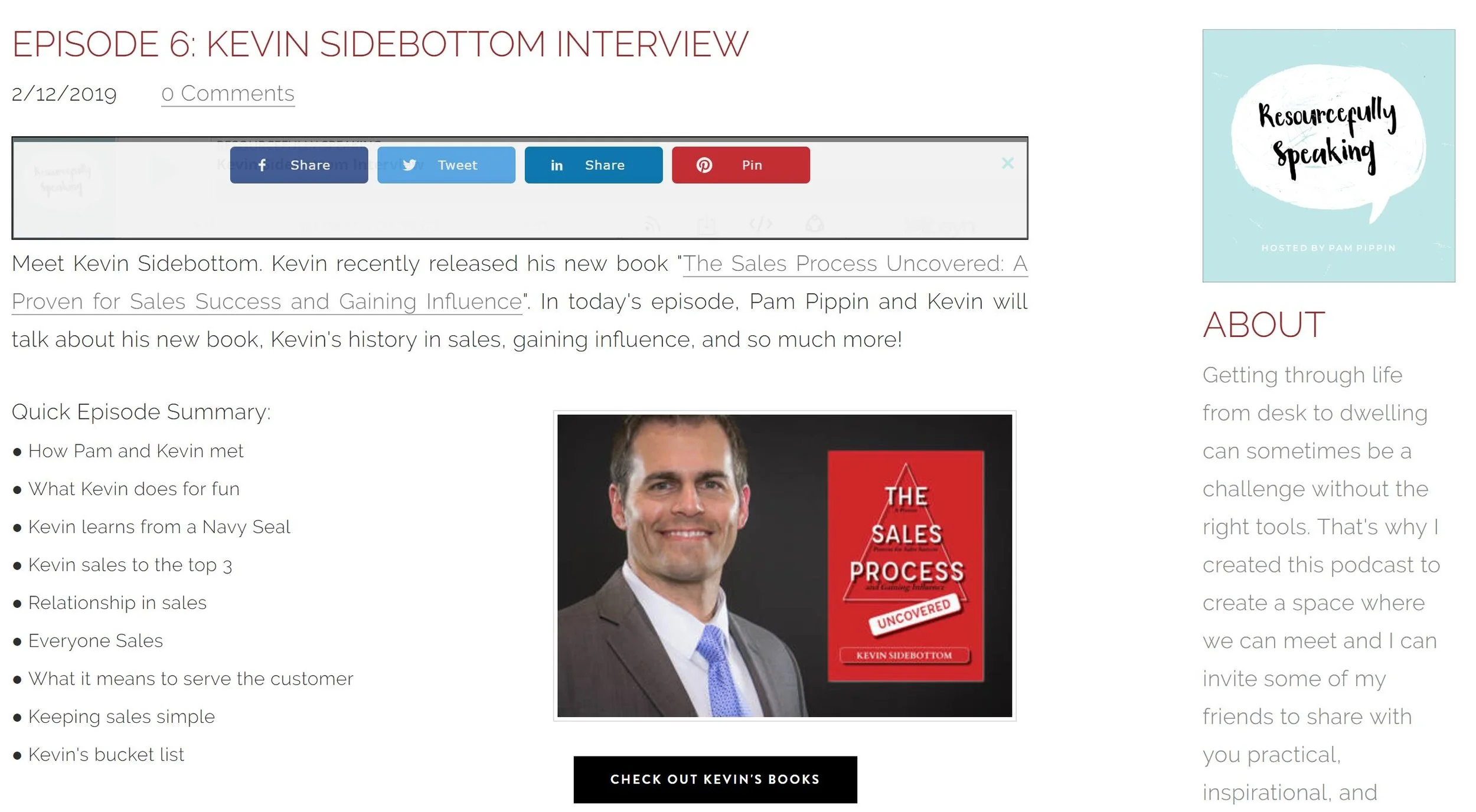How many times have you said, “I’ll just send a quick email” and it took twenty back and forth emails to where you finally picked up the phone to clear something up?
Have you ever gotten really upset with someone over email only to find out that they did not mean any harm when they sent it?
How about this one? Have you ever been overwhelmed because you had so many emails to respond to?
I have experienced all three of these questions more time than I care to admit. Over 124 billion emails are sent each day all over the world in hopes of resolving questions fast. Email was created to make communication easier and efficient. The issue is most people think that email is the save all be all when it comes to communicating to others. They hide behind computer screens sending off their requests and responses in hopes that the issue will go away quickly, only to have the email come boomeranging back with more questions or requests for information. Then we send responses and more questions of our own to the other person to which they respond, and the conversation keeps going on and on very slowly.
A few things to remember on emails are that in great communication the majority of communication is non-verbal (or written word), people tend to take written word in a negative point of view, and the person reading the words does not always know the context. This makes it ever harder for you to communicate effectively through email. Text messaging is also one of these messaging avenues that gets people into trouble. People tend to use it also as a means to cover their butts in case something bad happens.
Emails can be used also in harassment cases. I have seen people twist words from emails into the ability to sue an organization for harassment. Keep that in mind when you are upset and wanting to respond to someone to make yourself feel better. The same can be said for text messages. For more information on harassment check out Pam Pippin’s podcast episode titled “Well that was Awkward.” Pam gives great insight on harassment.
Back to the main topic with emails… Most questions are easily answered, but I bet the number of emails would greatly decrease if people used the old technology called a phone. I have found that reaching out to others via conference calls, quick phone calls, or video meetings obtain faster results in less time than the flurry of emails that depending on workloads take days or weeks to have the responses come back to close the discussion.
New software such as Loom are being presented into the marketplace for people to record video messages in hopes to speed communication up greatly. Most smart phones have the ability to video call now as well. Let’s also not forget about walking up to the people we need to communicate in person if we are in the same office.
People crave community and relationships so being present is a best way to communicate in my opinion. The problem is that we as a society have focused so much on becoming efficient in communication that we tend to miss the mark when trying to communicate. Communicating with others is vital to get our goals accomplished. It is very rare for someone to complete a great task all on their own. They need others to help them move forward.
I have taken great pride in increasing my communication by helping others understand clearly what I am trying to accomplish. Most of the time I try to do that with conversation rather than email. Please be intentional when working through emails to be as clear as possible in communicating if you chose not to talk to the person and help them understand the complete setting.
If you must write an email below is a process I work through when sending out emails:
1. Write the email as though the person receiving the email has no idea what you are talking about and the scope of the situation.
2. Focus on your audience and especially if they are in another country to not write your email in your slang as they may not understand it.
3. Read the email through prior to sending to make sure the topics are clear and concise.
Sincerely,
Kevin Sidebottom























